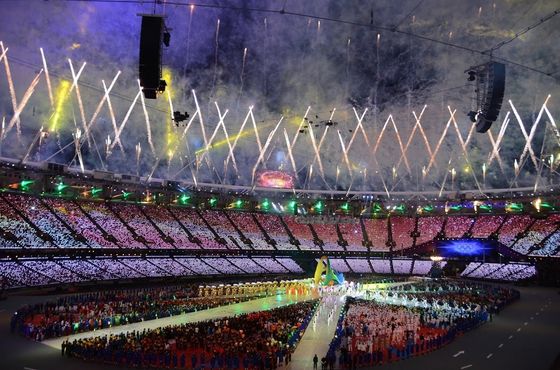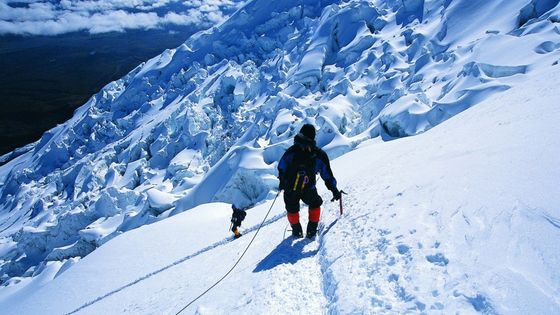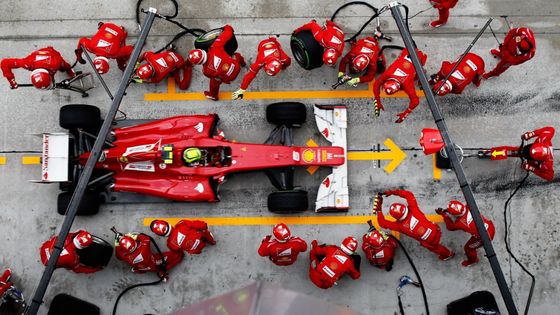Year 10
GCSE PE Syllabus 2017 - 1-9 Grading
Within this section you will find the break down for all of the areas within the first year of the course.
I used this to guide the learning lesson by lesson.
A downloadable version of this can be found at the bottom

Health, Fitness & Well-being (This content will appear in Paper 2: Health & Performance)
Pre GCSE -Components of Fitness Knowledge
Week 1
- Physical, Emotional & Social Health
Week 2-
Lifestyle choices
Week 3
- Impact of lifestyle choices

Applied Anatomy and Physiology (Paper 1: Fitness and Body Systems)
Week 7
- Functions of the skeletal system
Week 11
- Classification of joints and movements possible at different joints(All covered in the lessons above)
Week 12 -
Classification and characteristics of muscle types (All covered in the lessons above)
Week 13
- Antagonistic muscles
Week 14
- Fast and slow twitch muscle fibres
Week 17
- Vascular shunting
Week 18
- Components of blood and their significance for physical activity
Respiratory system – composition of air; lung volumes
Location and roles of principal components of respiratory system
Structure and function of alveoli
Respiratory system – composition of air; lung volumes
Location and roles of principal components of respiratory system
Structure and function of alveoli

Movement Analysis (Paper 1: Fitness and Body Systems)

Movement Analysis (Paper 1: Fitness and Body Systems)

